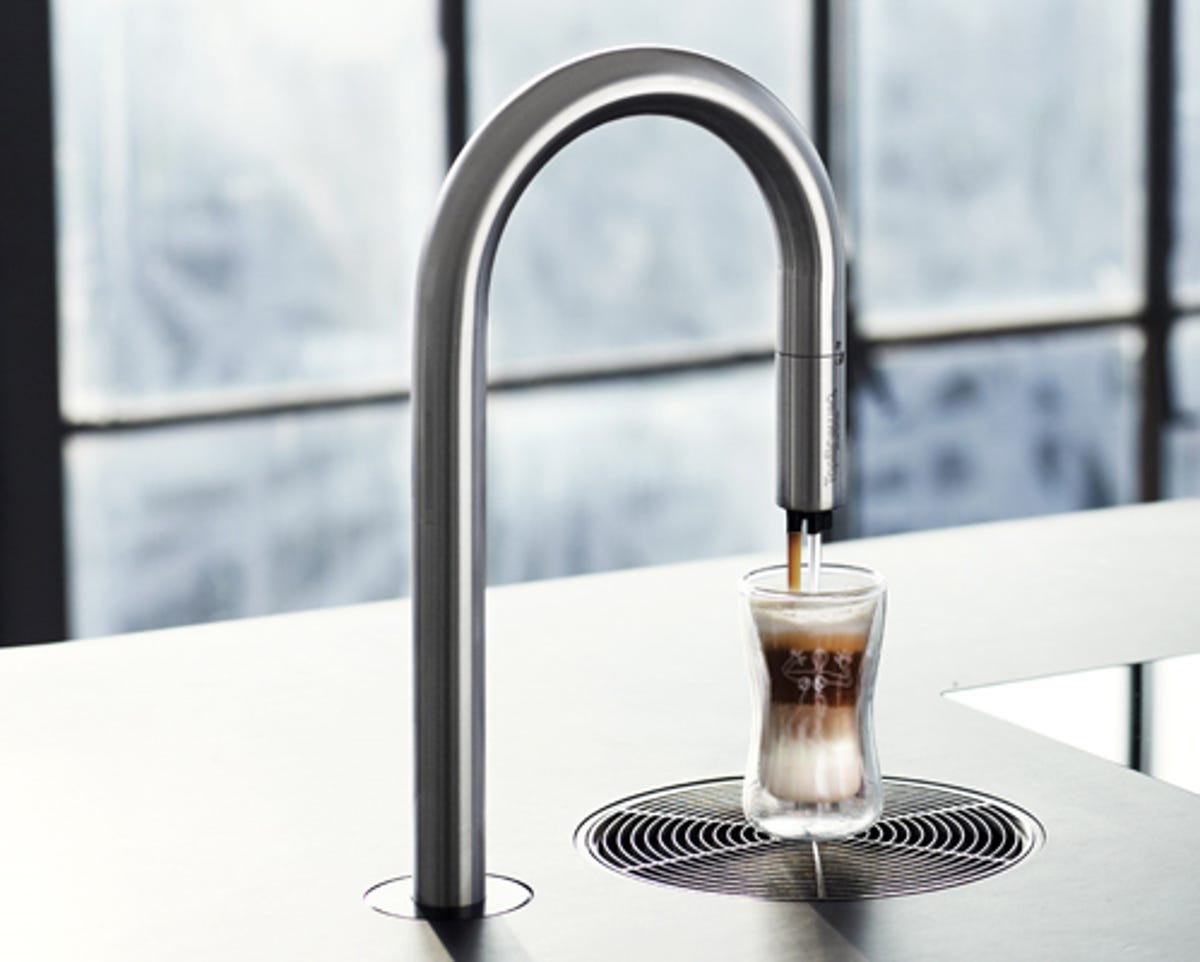Unless you’ve been living under a rock, no doubt you’ve heard all about Apple’s new iPad. It comes packed with plenty of welcome upgrades. Among these are a crisp Retina display, a new A5X processor with quad-core graphics to drive all those pixels, and an optional 4G LTE connection for swift cellular data. What slipped under the radar, though, was the iPad’s Bluetooth 4.0 support.
In fact, the new iPad is the first tablet with Bluetooth 4.0, aka Bluetooth Smart Ready. Not exactly impressed? Well, I admit that Bluetooth tech has faded from people’s minds as a hot mobile feature. This new Bluetooth version, however, promises to bring a host of attractive features.
Tablets, Bluetooth, and you
The most notable new ability of Bluetooth 4.0 devices is to sip power slowly, especially gadgets designed to operate as sensors. These include gizmos that measure fitness performance such as heart rate and activity like the Motorola Motoactv and Nike FuelBand.


Motorola
This may not sound like much at first, but imagine coming home from a long day trekking all over town, a quick run, or time spent at the gym. Fiddling with cords and PCs to log a workout is likely the last thing you’ll want to do at this moment. Thankfully, these fitness products are designed to talk to your iPad via wireless connection and automatically update your stats via apps running tabletside.
In my experience tablets rarely get switched off and typically are persistently connected to Wi-Fi networks, so it makes perfect sense for a slate to serve as a Bluetooth hub in the home. That’s precisely how a Bluetooth Smart Ready device is envisioned to operate, as a nerve center for multiple peripherals.
Appy to be home
Of course intelligent home appliances running space-age software isn’t a new idea. Heck, Samsung and LG have been building smart fridges for years.
Another big difference with this latest form of Bluetooth though, according to industry special interest group the Bluetooth SIG, is now it’s an honest-to-goodness platform and supports app development and upgrades over time. Essentially, hardware makers should be able to build applications from a unified and open standard. Additionally, accessories and appliances originally made for one purpose can conceivably be morphed for new uses never intended by the manufacturer.
The home “appcessory” revolution has already begun. App-controlled coffee from the kitchen faucet? Yep that’s in the works. Your kids not cleaning their teeth properly, there’s an app-powered widget for that as well, the Beam Bluetooth 4.0 toothbrush.


Scanomat
The future is here, almost
So will we soon live in a futuristic fantasy world where our homes are filled with app-driven TVs, alarm clock radios, coffee pots, TVs, and sneakers all commanded by our iPads (or Android slates)? Maybe, maybe not, though I do think we’re closer to this brave new world than ever before.



